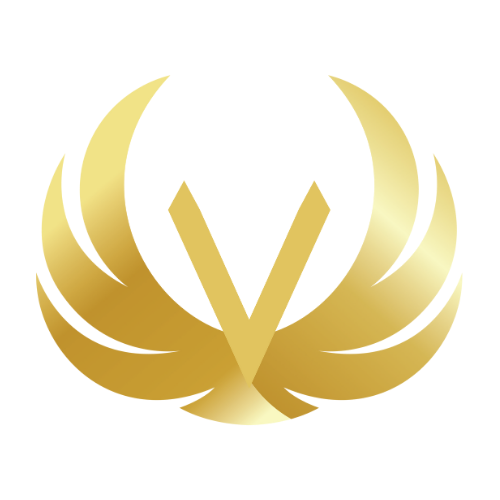How to Train an AI to Recognize Cat Breeds with Google’s Teachable Machine
Artificial Intelligence (AI) has revolutionized the way we approach everyday challenges, and one fun and educational application is training an AI model to identify cat breeds. With tools like Google's Teachable Machine, you can build and deploy a custom image recognition model in just a few steps—no coding required! In this blog post, we’ll walk through how to use Teachable Machine to create a model similar to the one linked here, which classifies different types of cats.
Step 1: Understand the Objective
The goal is to train an AI model to identify different types of cats based on their photos. Using Teachable Machine, you can categorize these into distinct groups such as breeds, coat patterns, or other features (e.g., short-haired vs. long-haired cats).
Step 2: Prepare Your Dataset
For the model to learn effectively, you’ll need a collection of labeled images representing each category. Here's how to do it:
Define Categories: For example, let’s say you want to classify:
Maine Coon
Siamese
Persian
Tuxedo (bi-colored cats)
Collect Images:
Use royalty-free image sources like Unsplash or Pixabay.
Capture your own photos if you have access to cats.
For a robust model, aim for at least 50–100 images per category, covering a variety of angles, lighting, and poses.
Organize Images: Create separate folders for each category to make uploading easier.
Step 3: Set Up Teachable Machine
Open Teachable Machine: Go to Teachable Machine and select the “Image Project” option.
Add Categories:
Name each category based on your dataset (e.g., “Maine Coon,” “Siamese”).
Add as many categories as you need for your project.
Upload Images:
Drag and drop the images for each category into the corresponding group.
Ensure there’s a balanced number of images per category to prevent bias.
Step 4: Train Your Model
Once your images are uploaded:
Adjust Settings:
For beginners, the default settings usually work well.
You can experiment with the training duration or learning rate for more precise results.
Start Training:
Click the “Train Model” button.
Teachable Machine will process the data, creating a custom model in just a few minutes.
Step 5: Test Your Model
After training, you can test the model directly within Teachable Machine:
Upload or capture a new image.
Observe how the model classifies it.
If the results are inaccurate, revisit your dataset and add more diverse images.
Step 6: Export and Use the Model
Once satisfied with the model’s performance:
Export Options:
Download the model for offline use.
Deploy it as a web app or integrate it into existing projects using TensorFlow.js.
Sharing: Share the model link with others for testing or demonstration purposes.
Tips for Success:
Diversity in Training Data: Ensure your dataset includes a range of lighting, poses, and backgrounds to avoid overfitting.
Continuous Improvement: Periodically add new images to your dataset and retrain the model to improve accuracy.
Real-Life Testing: Test the model with images outside your dataset to evaluate its practical performance.
Final Thoughts
Creating a custom cat classification AI model with Google’s Teachable Machine is an accessible and engaging project for both beginners and experienced AI enthusiasts. Whether you’re building it for fun, research, or a larger application, this tool simplifies the process, allowing you to focus on the creative and practical aspects of AI development.
Ready to start? Check out this example model and then dive into building your own feline classifier. Happy training! 🐾
